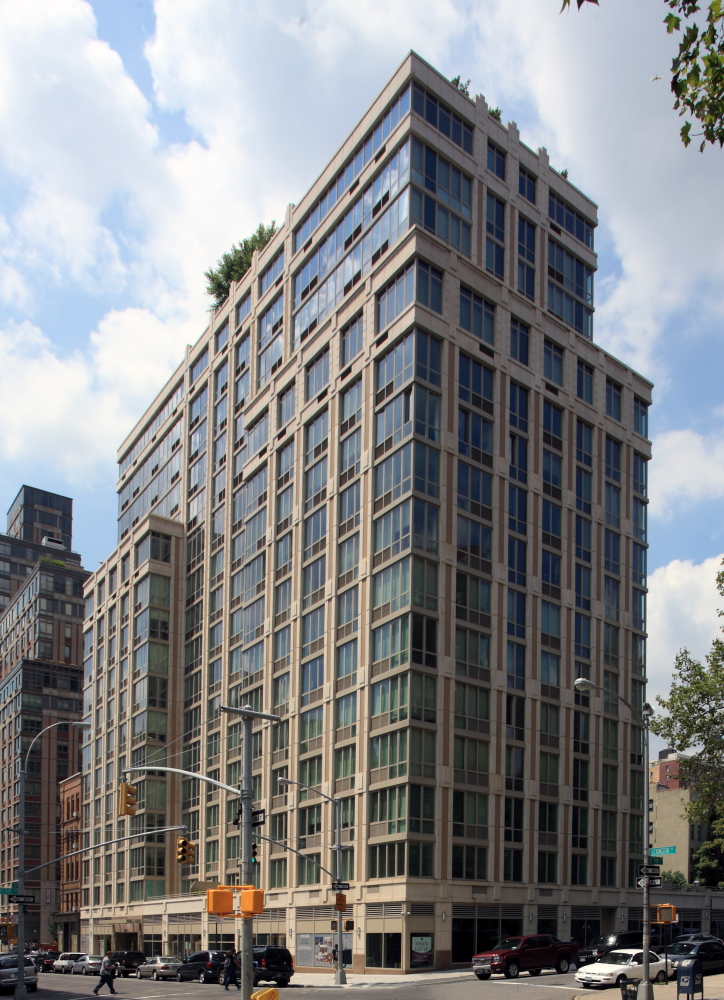Looking for a way no-cost way to reduce operating costs in a residential high-rise without sacrificing tenant comfort or satisfaction? Try implementing a smoke-free policy.
Studies now show that smoke-free policies could save residential landlords millions (if not billions) of dollars per year in cleaning costs alone. In California, for example, a UCLA study estimates that residential landlords could save a combined $18 million each year if they didn’t have to clean up after tenants who smoked.

Kenbar Management’s 1510 Lexington Place was the first smoke-free residential high-rise in New York City.
“The difference between a non-smoking and a heavy-smoking unit when it comes to cleaning is almost sixfold,

